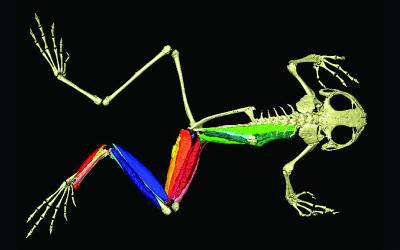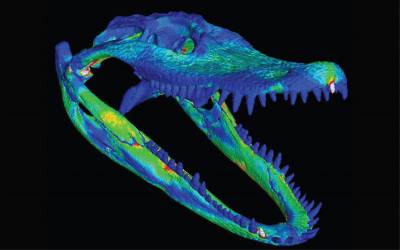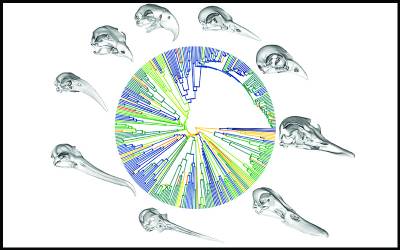UCL Centre for Integrative Anatomy
Research Themes
People

Susan Evans
Evolution of key morphological features in reptiles and amphibians

Sara Abad Guaman
Bioinspired adaptable robotics

Julie Barrett
Centre Assistant, responsible for administration, social media, etc.
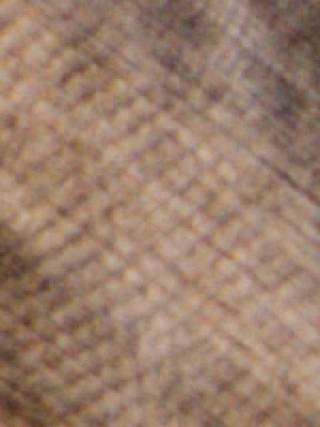
Wendy Birch
Forensic anatomy and osteology & the preservation of animal remains
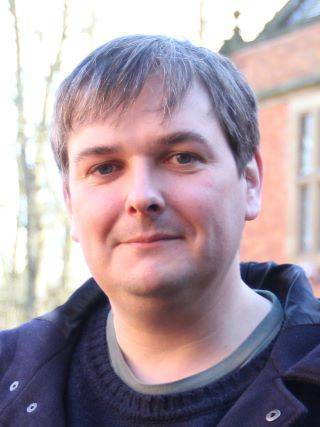
Philip Cox
Morphological and functional variation of the mammalian skeleton
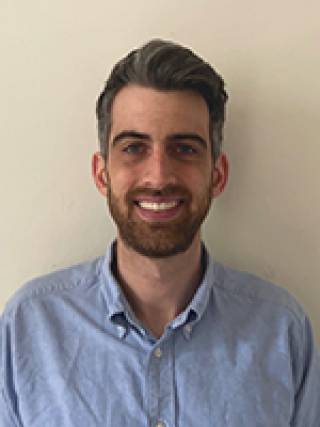
Ryan Felice
Archosaur evo-devo, geometric morphometrics
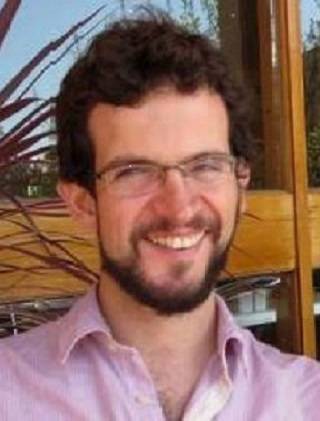
Marc Jones
Fossil reptiles curation at the Natural History Museum

Sandra Martelli
Evolution & comparison of head, neck & spine anatomy in apes
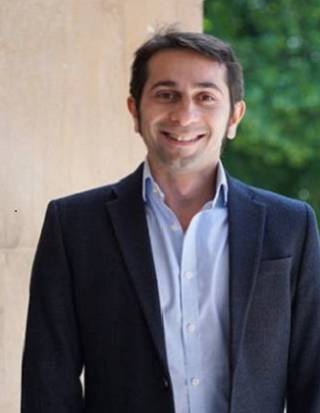
Mehran Moazen
Bones and joints: growth and repair; biomedical engineering

Romain Perera
Clinical and functional human anatomy.

Laura Porro
Anatomy and biomechanics of living and fossil animals

Yoshiyuki Yamamoto
Molecular mechanisms of evolutionary morphologies
 Close
Close


